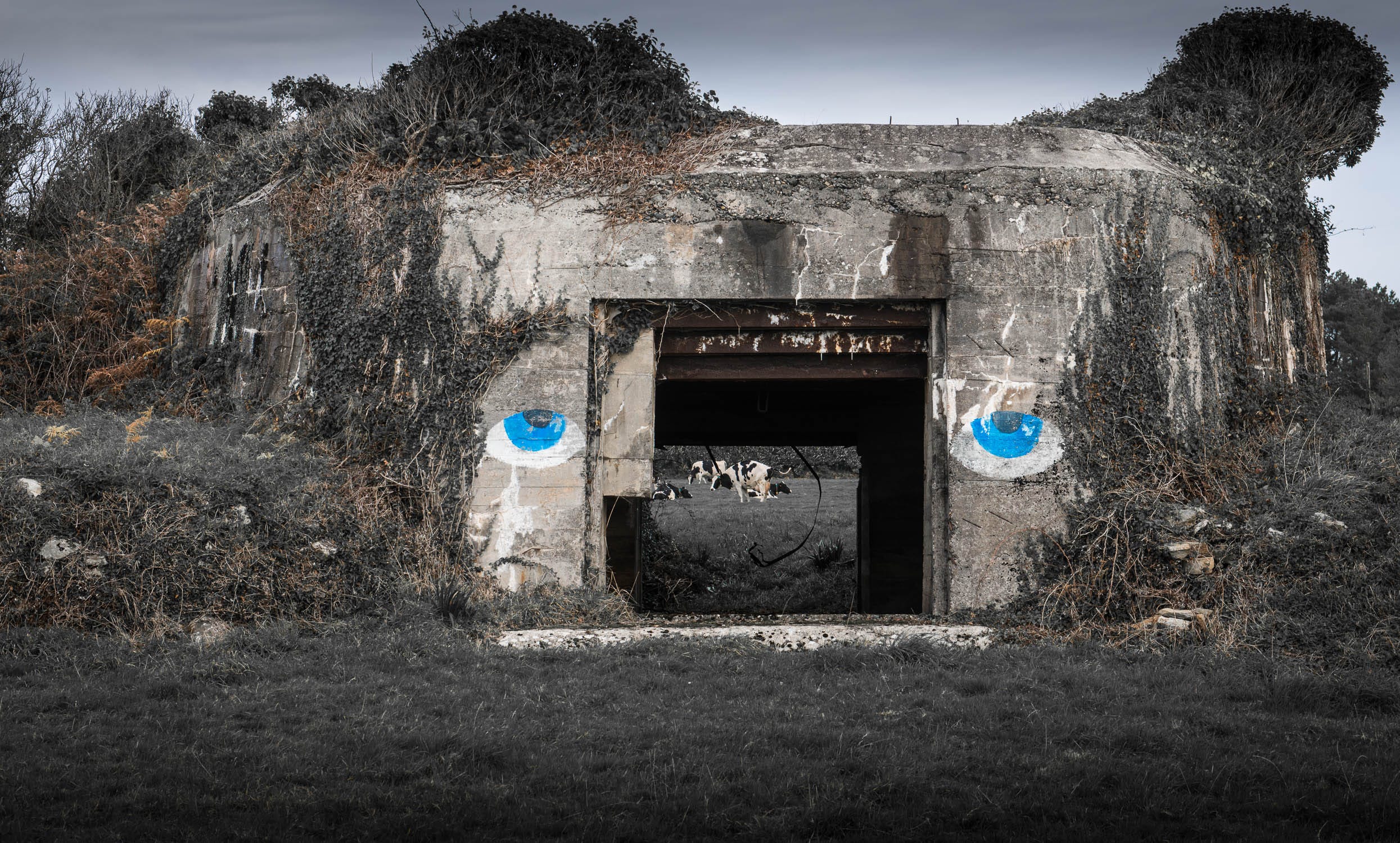Member-only story
Featured
VIEWPOINT
The power of words and photographs
The interplay between text and image is complex and potentially powerful, and so easy to get wrong.

The relationship between images and words has been studied, analysed and theorised to death. And that’s because it’s important.
This is dangerous territory. There’s a significant risk of wading into the quagmire of structuralist semantics and its ugly stepchild, semiotics. Terms like ‘intertextuality’ are never far away.
It’s a huge and sometimes contentious subject, so I want to limit myself here to one small corner case — the use of titles, captions and other accompanying text with images posted as photographic works on social media. So I’m not talking about your latest selfie or travel pic to which you might naturally append details of what you were up to. I’m specifically interested in posts where the photograph is the main event, and is presented as an example of photographic expression. In other words, the post probably has #photography in the hashtags.
Creative choice
And I want to touch on the question, why do you need text at all?
To which the simplest answer is that it’s not a matter of need, it’s a creative choice. Many photographs need no text. Some benefit from the extra layer of information, even if it’s something as relatively inconsequential as providing the location of a landscape. And then there are instances where text can play powerfully against the photograph, amplifying it, or making us ask questions through apparent contradictions. These are the rarest cases and demand skill and creativity.

I have a strange and inexplicable attraction to paintings and drawings that incorporate text. And projects such as the Silent Museum explore how the juxtaposition of image and text can be jarring, confusing, annoying, intriguing or moving — or combinations of those responses.
But those are examples of where image and text are merged visually. What about when they are side-by-side, as with social…

